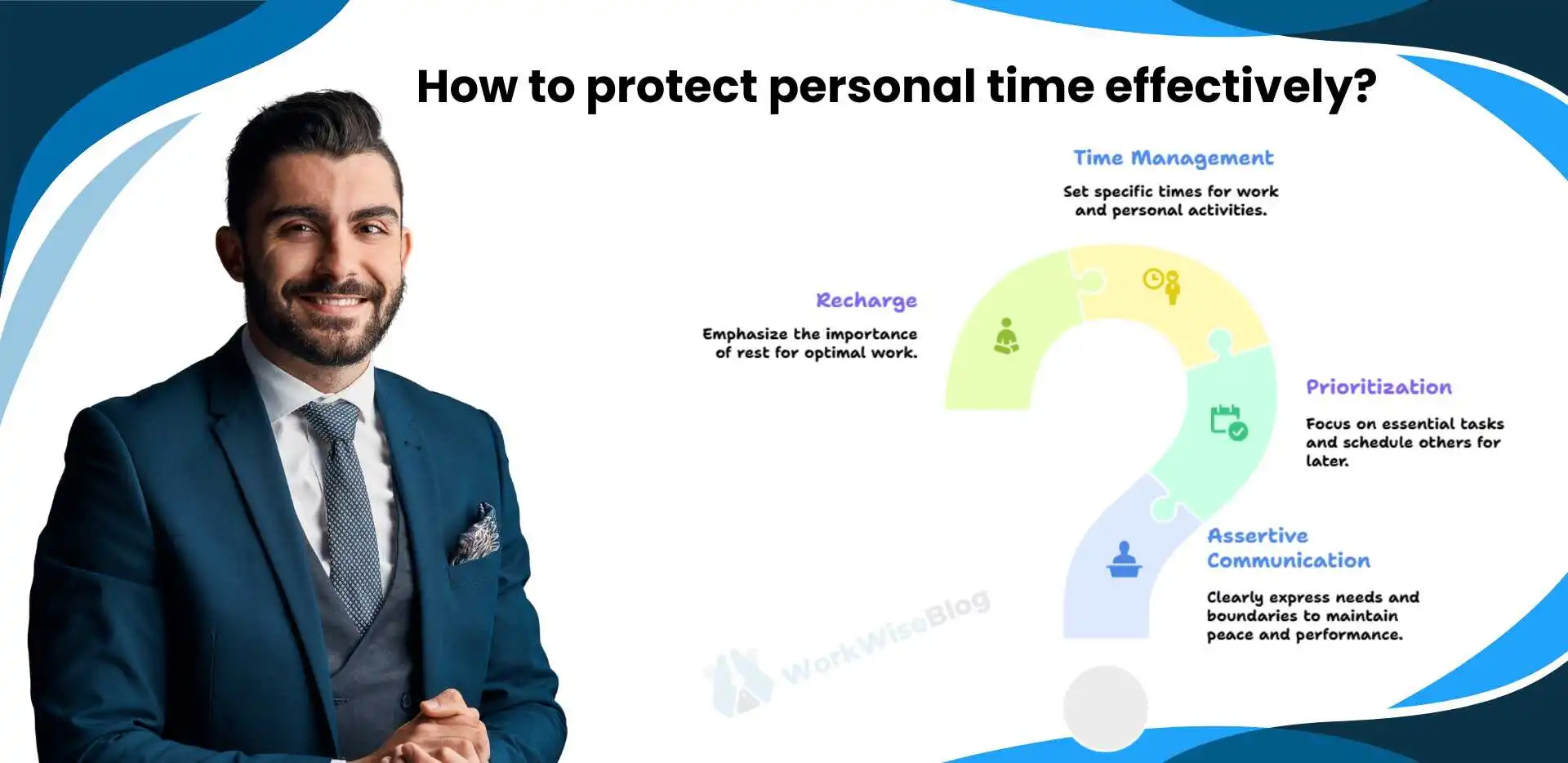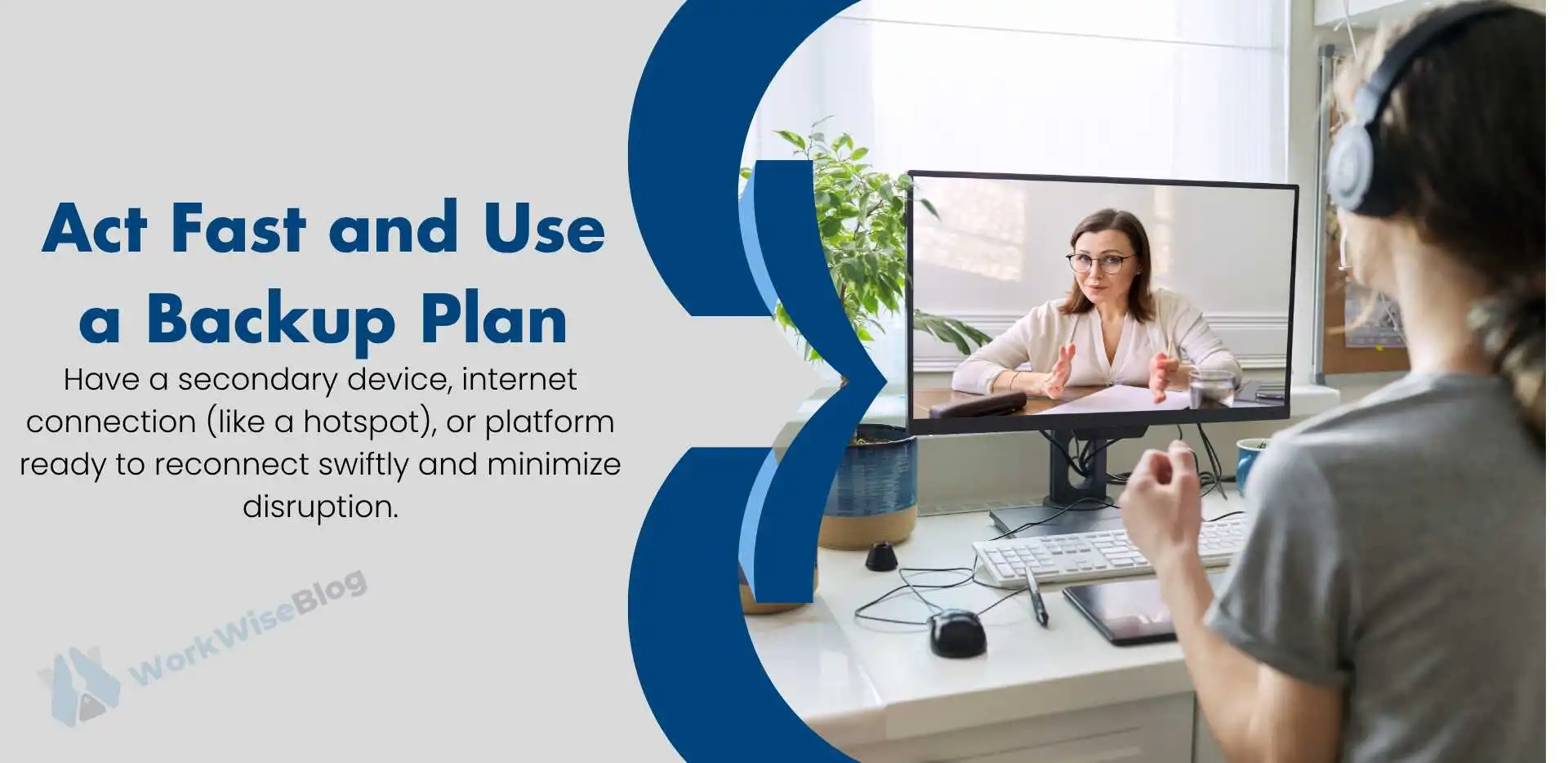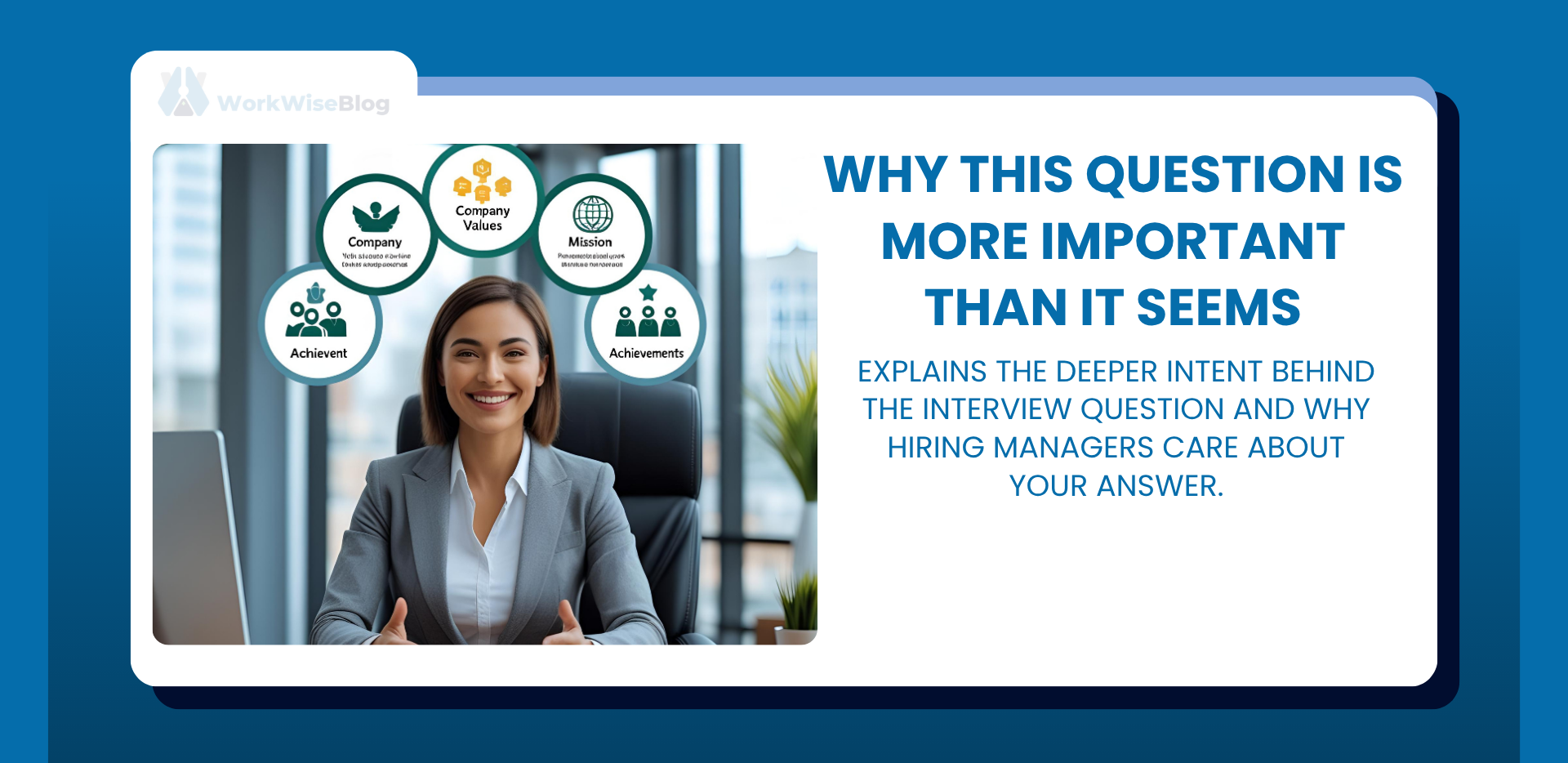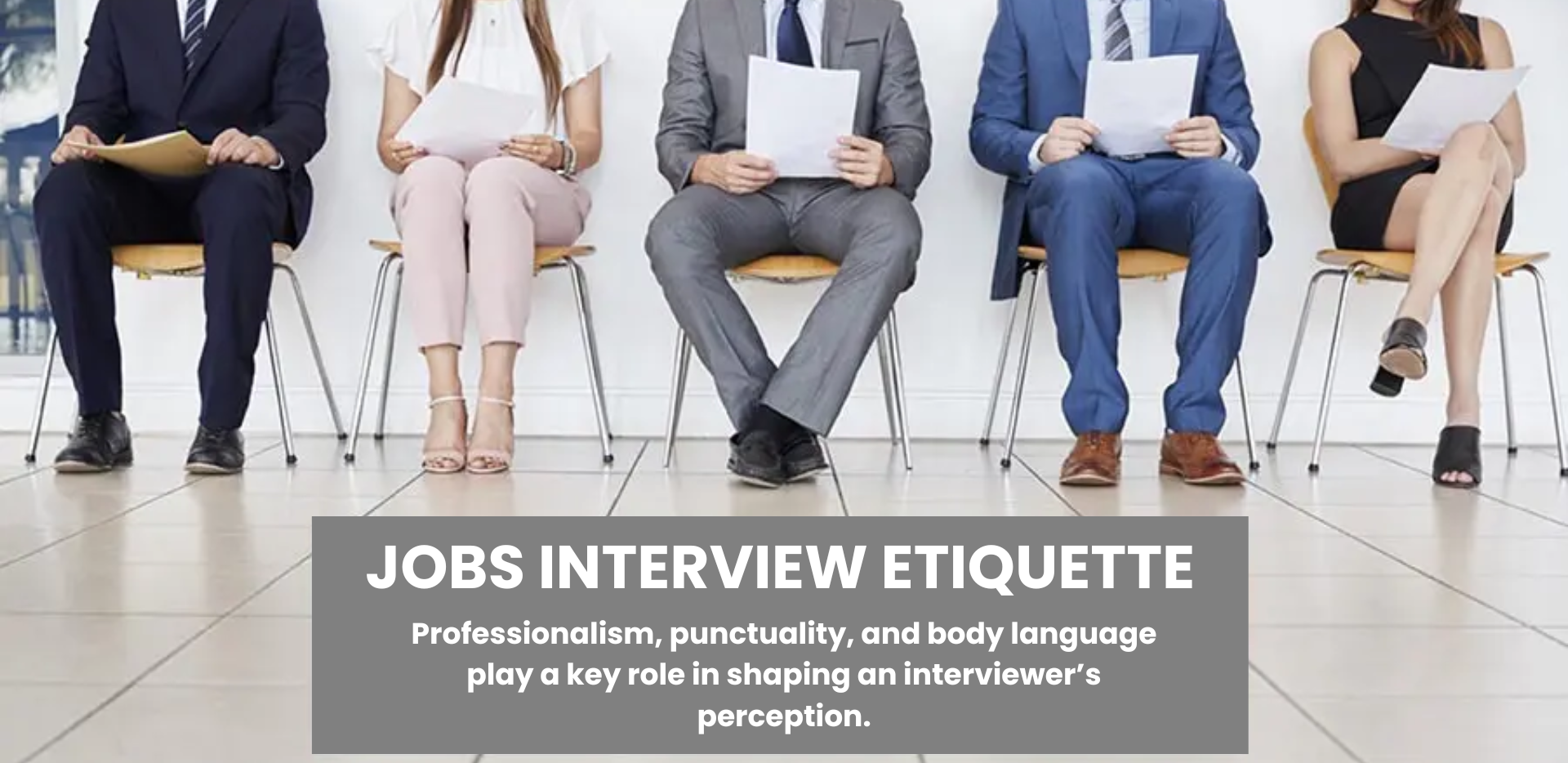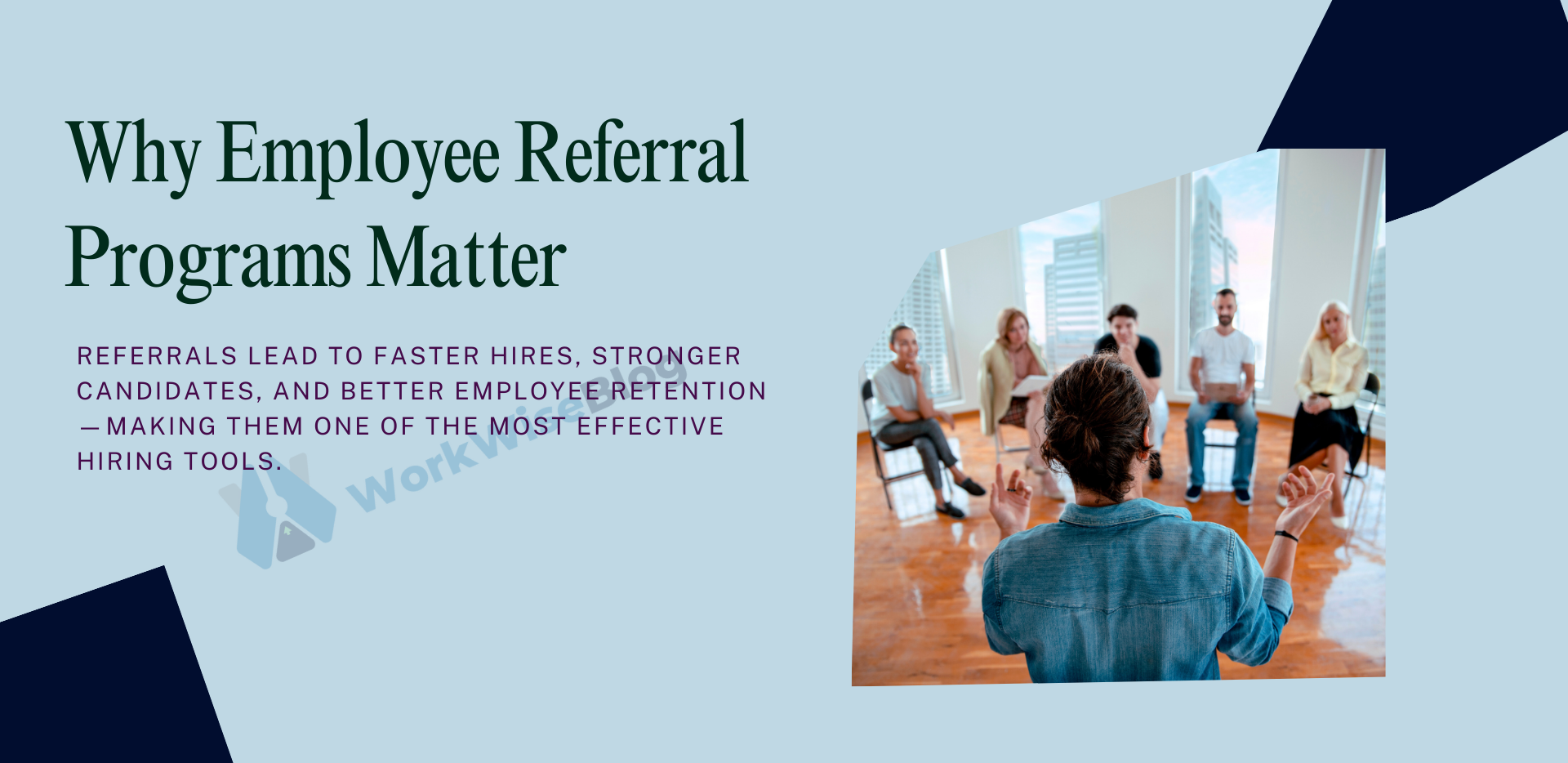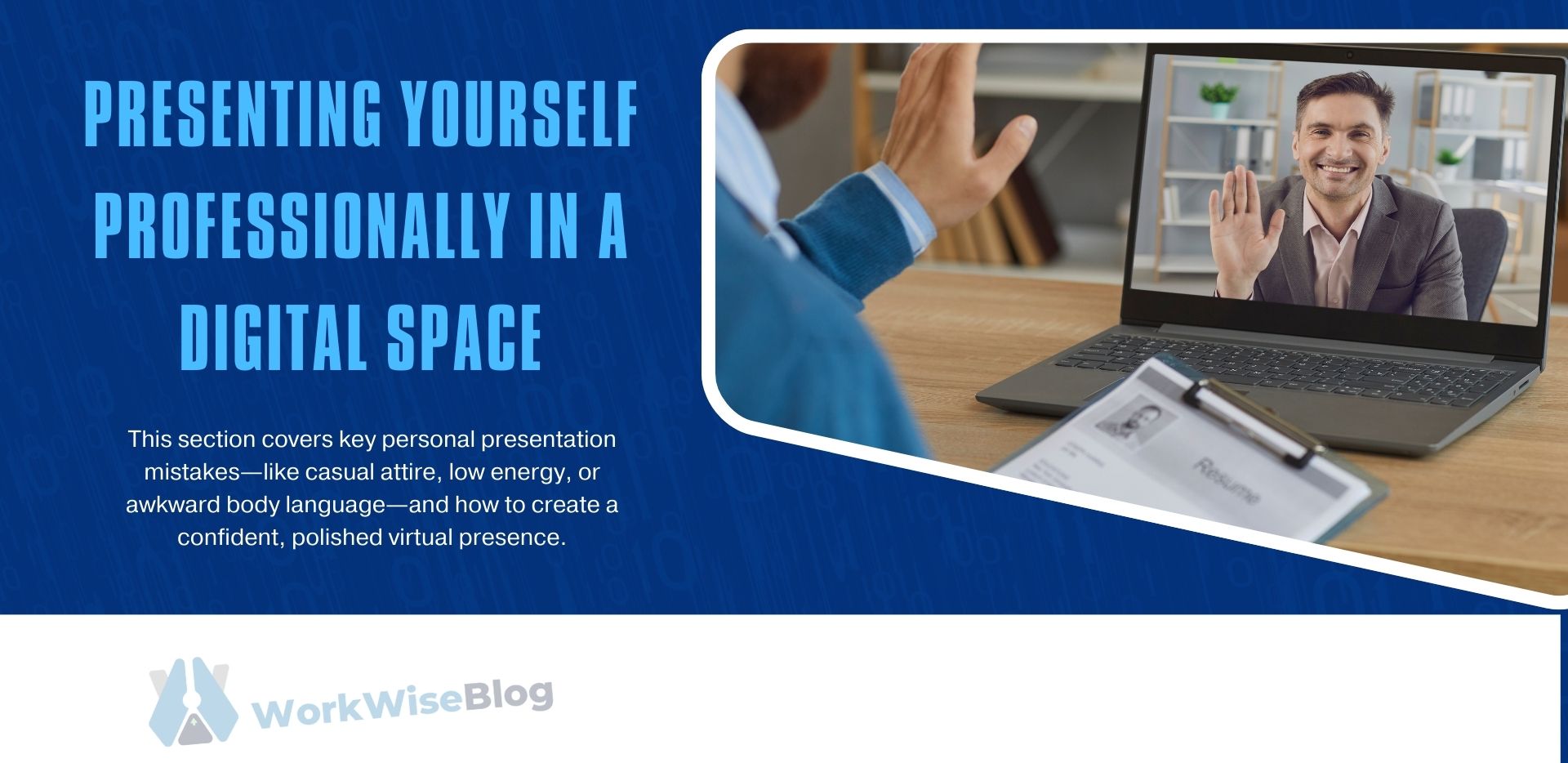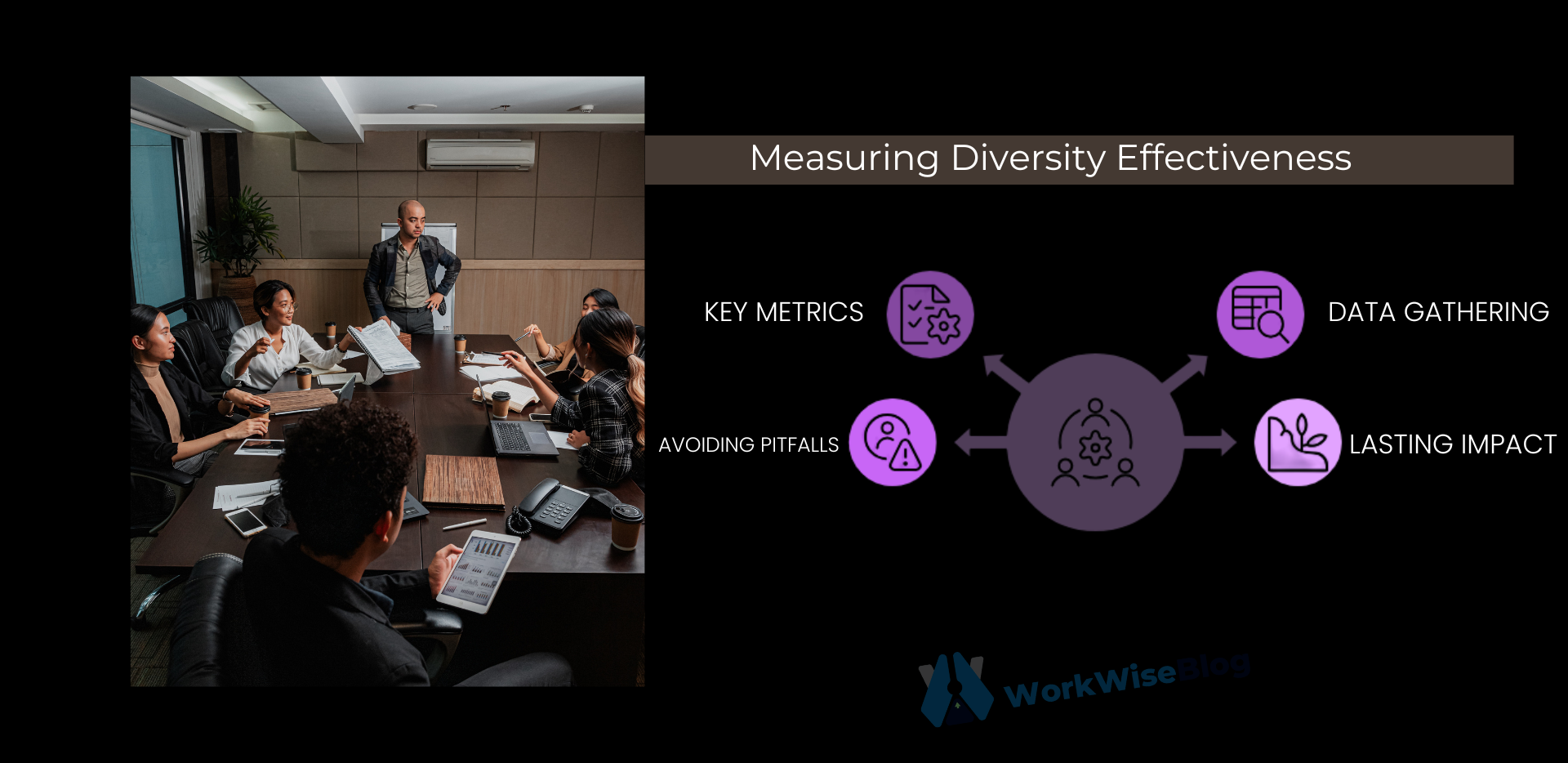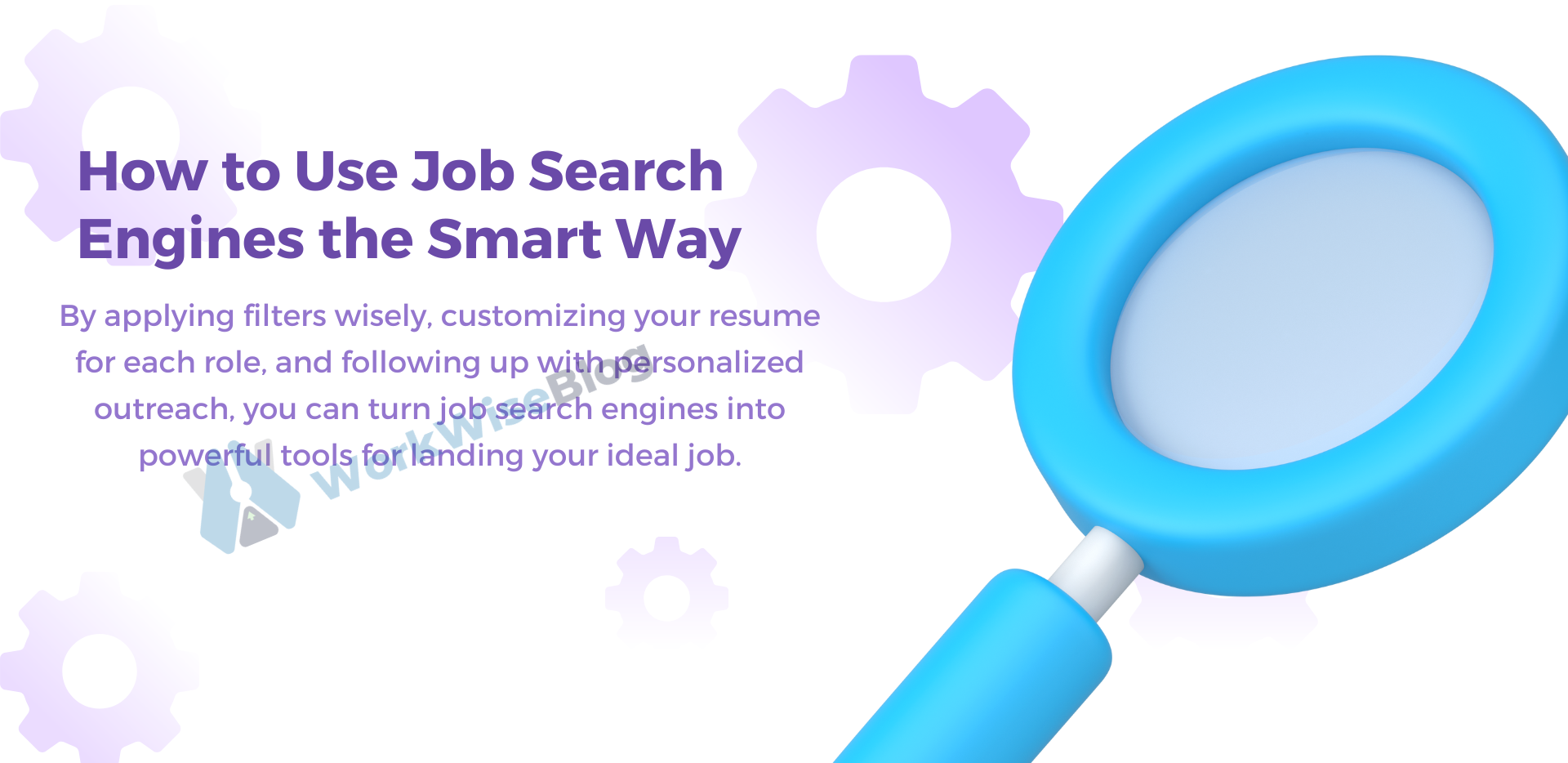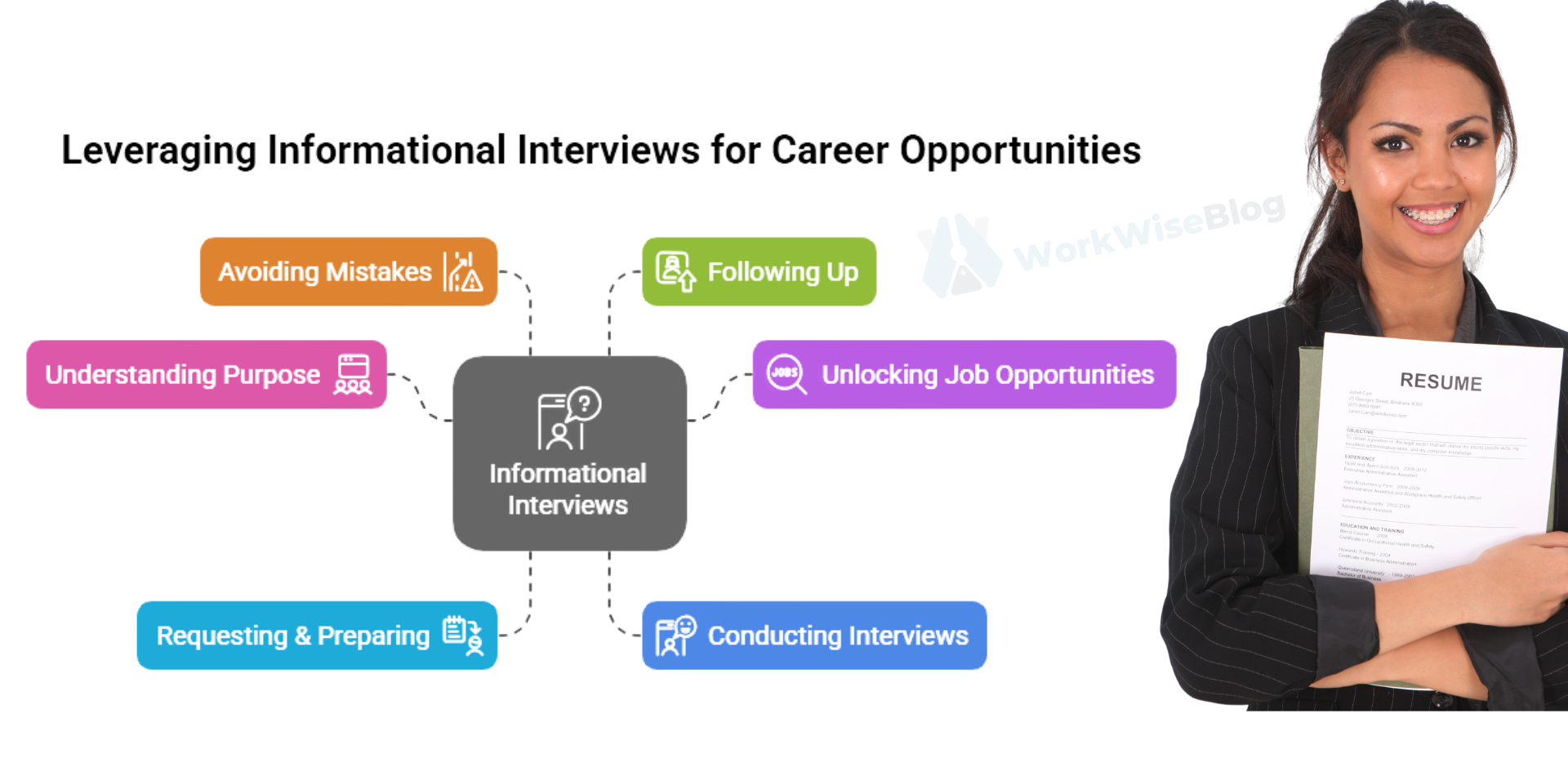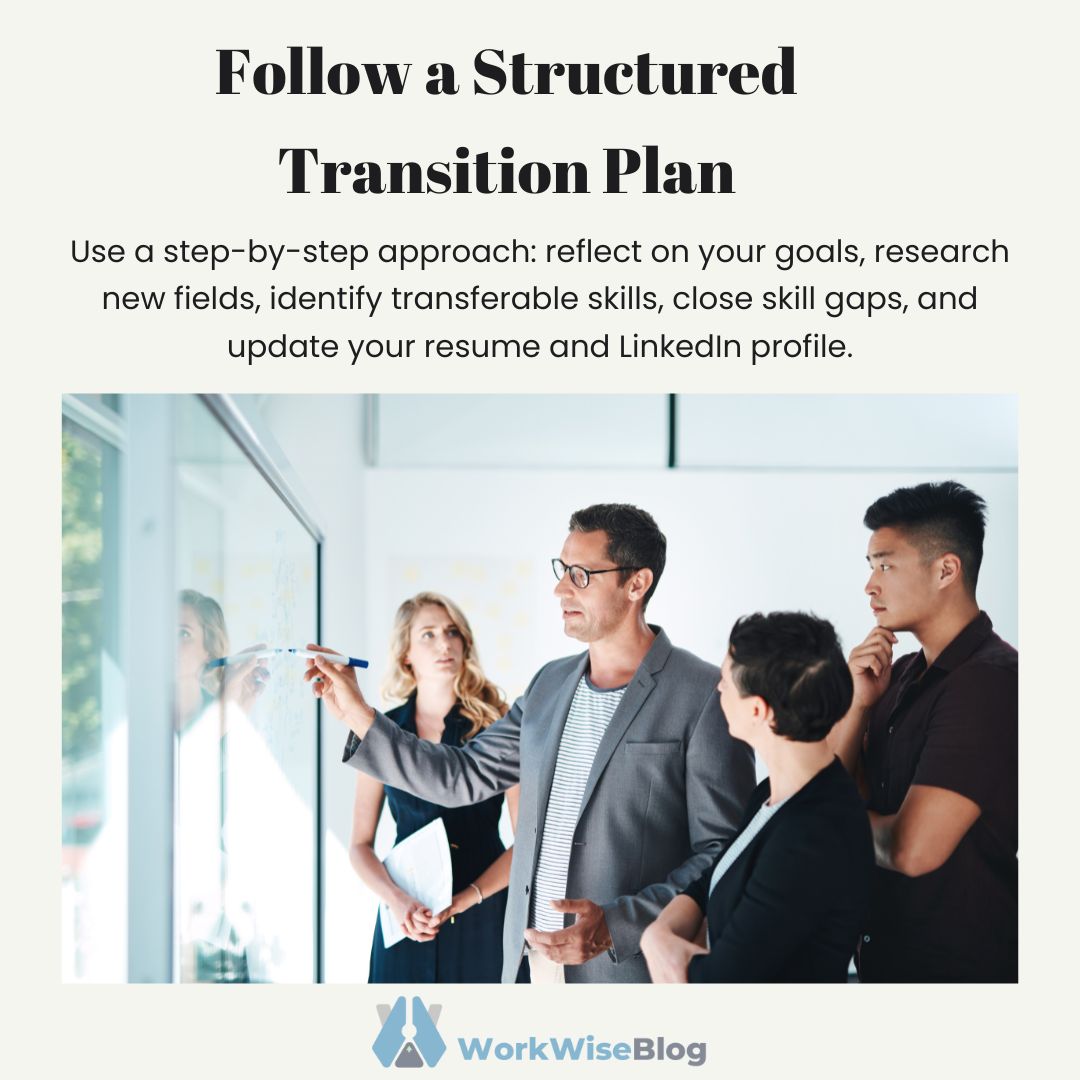
1. Recognizing the Signs That It’s Time for a Change
Career transitions often begin with subtle cues. Here are some of the most common indicators that your current role—or even your field—may no longer be the right fit.
• You Feel Disengaged or Uninspired
Tasks that once felt energizing now feel tedious. You’re constantly watching the clock or fantasizing about doing something else. These aren’t signs of laziness—they’re signs of disconnection.
• Growth Has Stalled
If you haven’t developed new skills or faced a meaningful challenge in months (or even years), that sense of professional stagnation can quickly become frustration.

• Your Values Have Shifted
You may have taken the job for one set of reasons, but your priorities have changed. Maybe flexibility matters more now, or you’re seeking a sense of purpose that your current role doesn’t deliver.
• Your Health or Well-being Is Suffering
Burnout, anxiety, and ongoing stress are not normal or sustainable. If work is taking a toll on your health or relationships, it’s time to evaluate whether the career itself may be the root cause.
• You Regularly Imagine Doing Something Else
If you’re consistently drawn to different industries, roles, or creative ideas, pay attention. That curiosity might be pointing you toward a better-aligned path.

2. Job vs. Career: Which One Needs to Change?
Before making a big move, ask:
Do I need a new job—or a new direction entirely?
Here’s how to tell:
- If the problem lies in company culture, management style, or team dynamics—you may simply need a job change.
- But if you’ve felt disconnected in multiple environments, or the work itself no longer fits your strengths and interests, it may be time for a deeper shift.
Being clear on this distinction helps you take action that leads to the right kind of change—not just a temporary fix.

3. Your Career Change Roadmap: From Uncertain to Intentional
You don’t need to have everything figured out overnight. But moving forward with clarity is easier when you follow a thoughtful, step-by-step process.
Step 1: Self-Assessment
Start by reflecting on what matters most to you now—not five years ago.
Ask:
- What parts of my current work do I enjoy?
- When have I felt most engaged in my career?
- What do I want to be known for professionally?
Tools like career values exercises, personality assessments, or coaching conversations can help clarify your direction.
Step 2: Explore New Possibilities
Research fields, roles, or industries that align with your interests, values, and lifestyle goals. You might find inspiration in:
- Job boards (even if you’re not applying yet)
- LinkedIn profiles of people you admire
- Podcasts, books, or webinars about career journeys
Reach out for informational interviews. Most people are open to sharing their story—and you may gain valuable perspective that doesn’t show up in a Google search.
Step 3: Identify Transferable Skills
You’re not starting over—you’re leveraging what you’ve already built.
Think about:
- Skills that cross industries (e.g., project management, communication, leadership)
- Experiences that show adaptability, problem-solving, or creativity
- Strengths that others regularly recognize in you
Translate those into language that resonates with your target role or industry.
Step 4: Address Skill Gaps Strategically
You don’t need a new degree to start a new career.
Look into:
- Online courses (Coursera, LinkedIn Learning, Google Certificates)
- Industry-specific workshops or bootcamps
- Volunteering or project-based experience to build credibility
Upskilling shows initiative—and helps you gain confidence as you transition.
Step 5: Update Your Professional Materials
Your resume and LinkedIn profile should reflect where you’re going—not just where you’ve been.
Tips:
- Include a clear, future-focused summary
- Highlight achievements and outcomes, not just duties
- Emphasize skills and qualities relevant to your target role
Don’t be afraid to explain your pivot in a way that feels authentic and forward-looking.
Step 6: Build Meaningful Connections
Networking isn’t about asking for favors—it’s about building relationships.
Start with:
- Reaching out to people who are doing what you want to do
- Joining industry groups or attending relevant events
- Following up with gratitude and curiosity—not just a resume
The more conversations you have, the more visible and informed you become.
Step 7: Test the Waters
If possible, experiment before you commit.
- Freelance or consult on a small project
- Volunteer in a new environment
- Shadow someone in your field of interest
Testing lets you validate your interest and start gaining experience—even while still employed.
4. Addressing Common Concerns About Changing Careers
It’s normal to feel hesitation, especially when stepping into something new. But many fears fade with action and clarity.
“What if I fail?”
Career changes aren’t failures—they’re pivots. Every experience adds to your toolbox, and many professionals find their best-fit career after trying more than one.
“Isn’t it too late to start over?”
Not at all. People change careers at 30, 40, 50, and beyond. What matters is that you move toward work that energizes and supports your long-term goals.
“Where do I even start?”
Start where you are. One conversation, one class, one decision at a time. Progress builds quickly when you take small, consistent steps.
Final Thoughts: You’re Allowed to Want More
If your present vocation no longer reflects who you are—or who you’re growing to become—don’t be afraid to alter course. Because it’s really smart to.
A planned career transition is not a risk—it’s an investment in your possibilities, your contentment, and your future. And while it may initially feel intimidating, any great transformation starts with an act of awareness—and the nerve to follow through on it.
You don’t have to do it all today. But you can take the next right step today.


